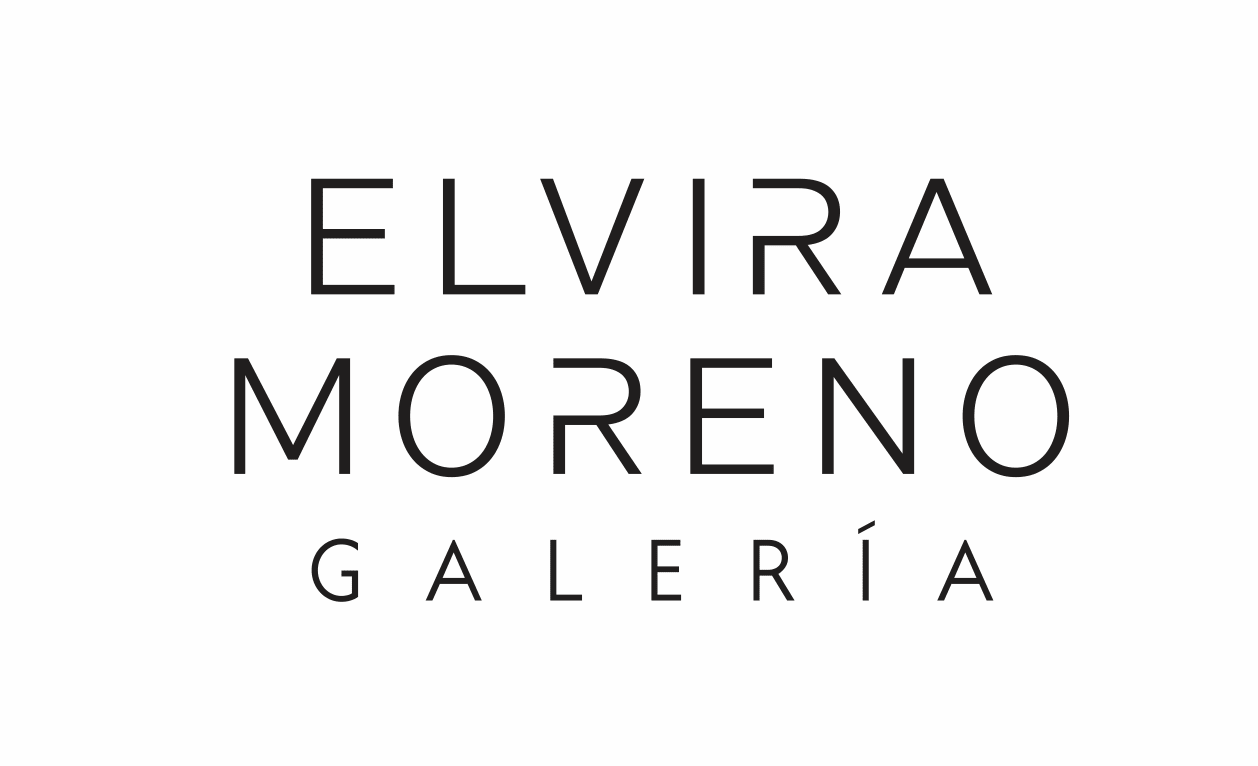In the Lagos series, Miler Lagos turns water into sculptural matter. Each piece is born from an operation that appears simple: pouring liquid resin over crumpled cotton paper. Within that gesture lies a reflection on the Andean geography and water’s ability to take the shape of any vessel that contains it.
The folds of the paper evoke the mountainous relief of the Andes, while the depressions created by the artist form basins reminiscent of how lakes and lagoons emerge in the high-altitude páramos. As the resin hardens, it solidifies that liquid instant, fixing the gesture, the accident, and the trace.
The series explores the transition between states of matter (from liquid to solid, from expansion to containment, from movement to stillness) and asks what it means to give shape to the ungraspable. Here, water becomes a symbol of life and of the memory of a landscape that resists, adapts, and transforms. Yet the work rests on a deliberate contradiction: the purity evoked by water is trapped in epoxy resin, a plastic polymer. This tension between the natural and the artificial reminds us that every representation of landscape is mediated by materials that, paradoxically, can also threaten it.



